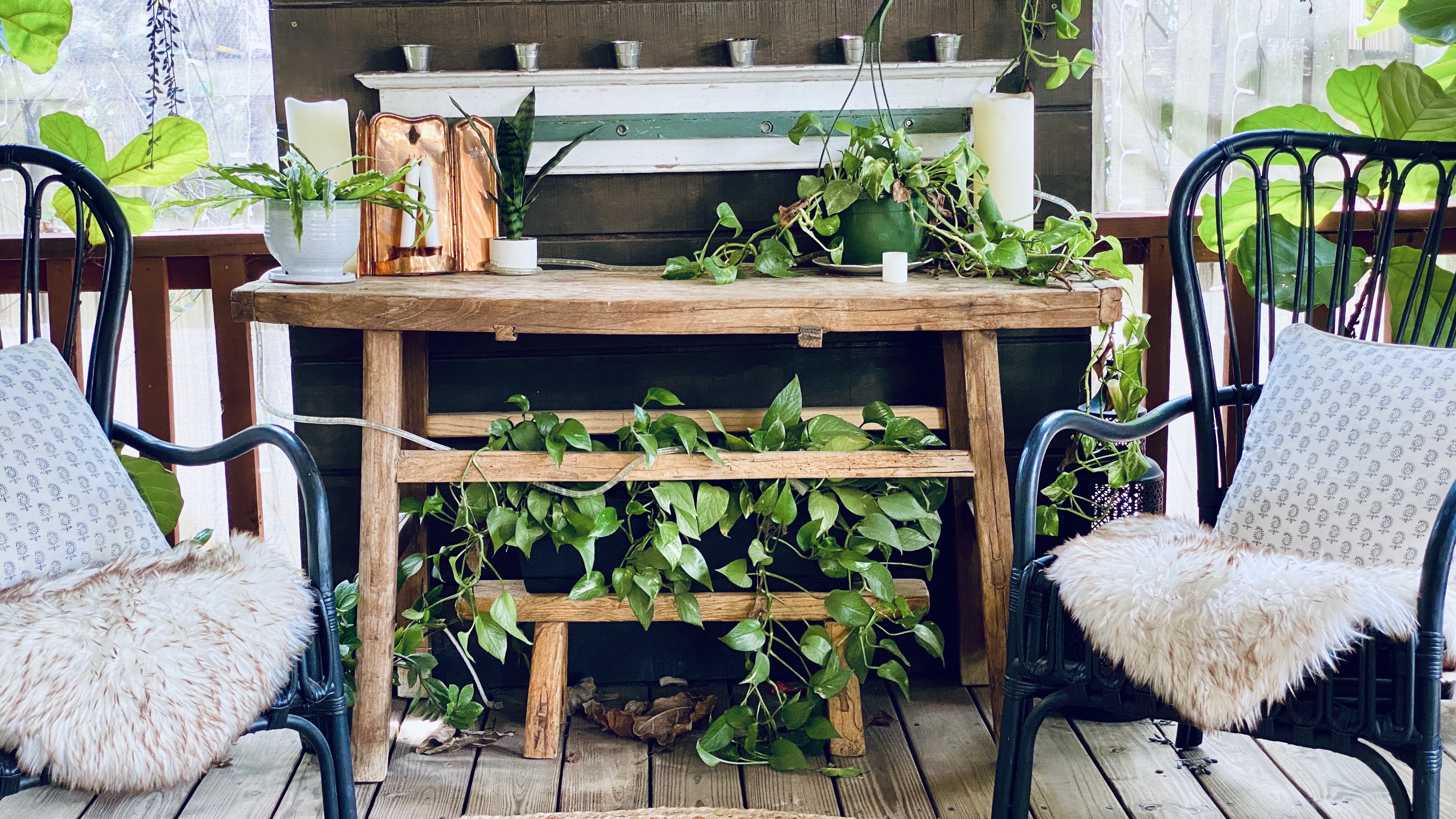Transforming Your Outdoor Space: Tips for a Beautiful and Functional Patio
Posted by on
Having a beautiful and functional patio can significantly enhance your outdoor living experience. A well-designed patio can greatly improve your outdoor living experience, offering a space to unwind, host gatherings, and enjoy the outdoors. Whether it's for a regular day or a special celebration such as your child's birthday with decorations and bounce house rentals, your patio can be transformed into a fantastic location. In this article, we will provide tips and ideas on how you can turn your outdoor space, whether it's a small balcony or a spacious backyard, into a beautiful and practical patio that suits your style. We will discuss various design considerations that you can use to create a stunning and functional patio that you can use all year round.

- Assessing Your Space and Setting Goals: Before embarking on your patio transformation journey, it's crucial to assess your outdoor space and determine your goals. Consider the size and shape of the area, the amount of sunlight it receives, and the surrounding elements such as trees or fences. Think about how you intend to use the patio—whether it's for dining, lounging, or hosting gatherings. These factors will help you establish a clear vision for your project and guide your decision-making process.
- Choosing the Right Patio Materials: Selecting the right materials for your patio is essential for both aesthetics and durability. Some popular options include concrete, natural stone, pavers, and wood. Concrete is a versatile and cost-effective choice, while natural stone adds elegance and a timeless appeal. Pavers offer a wide range of design possibilities, and wood creates a warm and inviting atmosphere. Consider factors such as maintenance requirements, climate suitability, and your personal preferences when deciding on the materials that best suit your needs.
- Designing the Layout and Functional Zones: A well-designed patio should have functional zones that cater to different activities. Determine the areas you need, such as a dining space, a seating area, and perhaps a cooking or grilling zone. Ensure there is adequate room for movement and comfortable seating arrangements. Pay attention to traffic flow and consider adding features like pathways or stepping stones. By carefully planning the layout and creating designated zones, you can optimize the functionality of your patio.
- Enhancing Privacy and Shade: Privacy and shade are important considerations for a comfortable and inviting patio. Depending on your surroundings, you may want to add elements such as privacy screens, trellises, or fences to create a secluded atmosphere. Incorporating shade solutions like pergolas, awnings, or umbrellas will protect you from the sun and provide a more pleasant outdoor experience. Additionally, consider using plants strategically to create natural barriers and add greenery to your patio space.
- Lighting and Ambiance: Proper lighting is crucial for extending the usability of your patio into the evening hours. Incorporate a mix of ambient, task, and accent lighting to create a welcoming and cozy atmosphere. Install overhead string lights, lanterns, or wall-mounted fixtures to provide general lighting. Consider adding task lighting near dining or cooking areas for functionality. Enhance the ambiance with candles, torches, or solar-powered lights. Unique and rustic lighting not only adds to the aesthetics but also improves safety and allows you to enjoy your patio even after the sun sets.
- Adding Functional and Decorative Elements: To make your patio truly functional and appealing, incorporate elements that add both practicality and visual interest. This can include comfortable outdoor furniture, such as loungers, sofas, and dining sets, that are designed to withstand outdoor conditions. Consider adding storage options like benches or built-in cabinets to keep your patio organized. Incorporate planters, hanging baskets, or vertical gardens to bring in natural elements and color. Accessorize with stylish cushions, rugs, and throws to create a more inviting atmosphere.
- Incorporating Greenery and Landscaping: Integrating greenery and landscaping elements into your patio design can elevate its beauty and create a serene atmosphere. Plant trees, shrubs, and flowers that thrive in your climate to add color and texture. Use planters or raised beds to cultivate herbs, vegetables, or a small garden. Consider vertical gardening options if you have limited space. Incorporate a water feature like a Cantera stone fountain or a small pond to add a soothing sound and enhance the overall ambiance of your patio.
- Adding Outdoor Heating and Cooling: To extend the usability of your patio throughout the year, consider incorporating outdoor heating and cooling solutions. Install a patio heater, fire pit, or chiminea to provide warmth during chilly evenings. For hot summer days, consider adding a retractable awning, shade sails, or misting systems to keep the space cool and comfortable. These features ensure that you can enjoy your patio regardless of the season or weather conditions.
- Creating Privacy and Shade with Plants: In addition to using physical barriers, plants can also be utilized to create privacy and shade. Consider incorporating tall hedges, climbing vines, or bamboo screens to provide a natural privacy shield. Plant shade trees strategically to block direct sunlight and create a cool retreat. Choose plants that are suitable for your climate and can thrive in outdoor conditions. Not only will these green elements enhance the aesthetics of your patio, but they will also provide a sense of seclusion and tranquillity.
- Maintaining and Upgrading Your Patio: Once your patio transformation is complete, it's important to maintain and occasionally upgrade it to ensure its longevity and continued functionality. Regularly clean and sweep the patio surface, remove debris, and inspect for any damage. Treat wooden elements with appropriate sealants or coatings to protect them from the elements. Replace worn-out cushions or furniture when needed. Consider periodic updates, such as adding new accessories, updating lighting fixtures, or refreshing the plantings, to keep your patio looking fresh and inviting.
Transforming your outdoor space into a beautiful and functional patio requires thoughtful planning and design. By assessing your space, choosing the right materials, designing functional zones, enhancing privacy and shade, incorporating lighting and decorative elements, and adding greenery, you can create a patio that suits your lifestyle and brings you joy throughout the year. Remember to maintain and periodically upgrade your patio to ensure its longevity. With these tips and ideas, you can create a captivating outdoor oasis that becomes the heart of your home.


 Loading... Please wait...
Loading... Please wait... 

